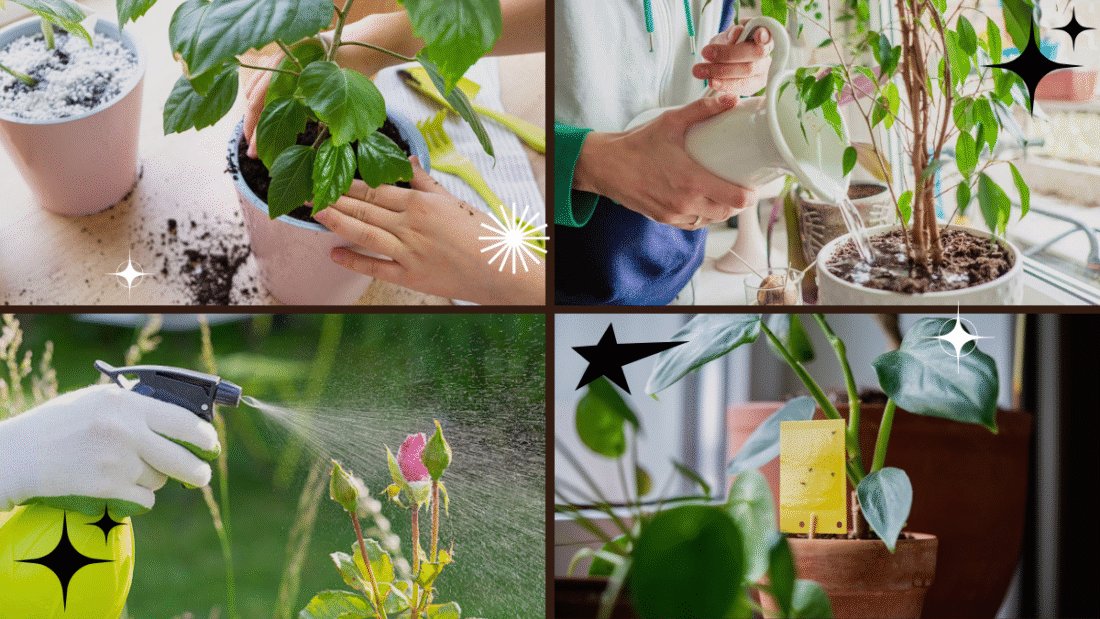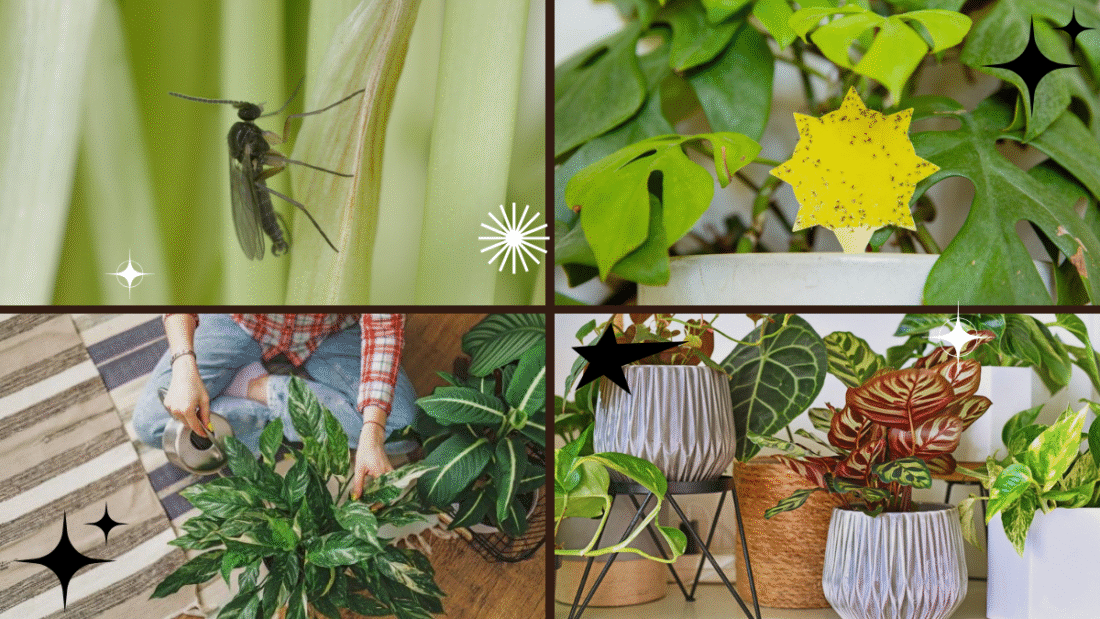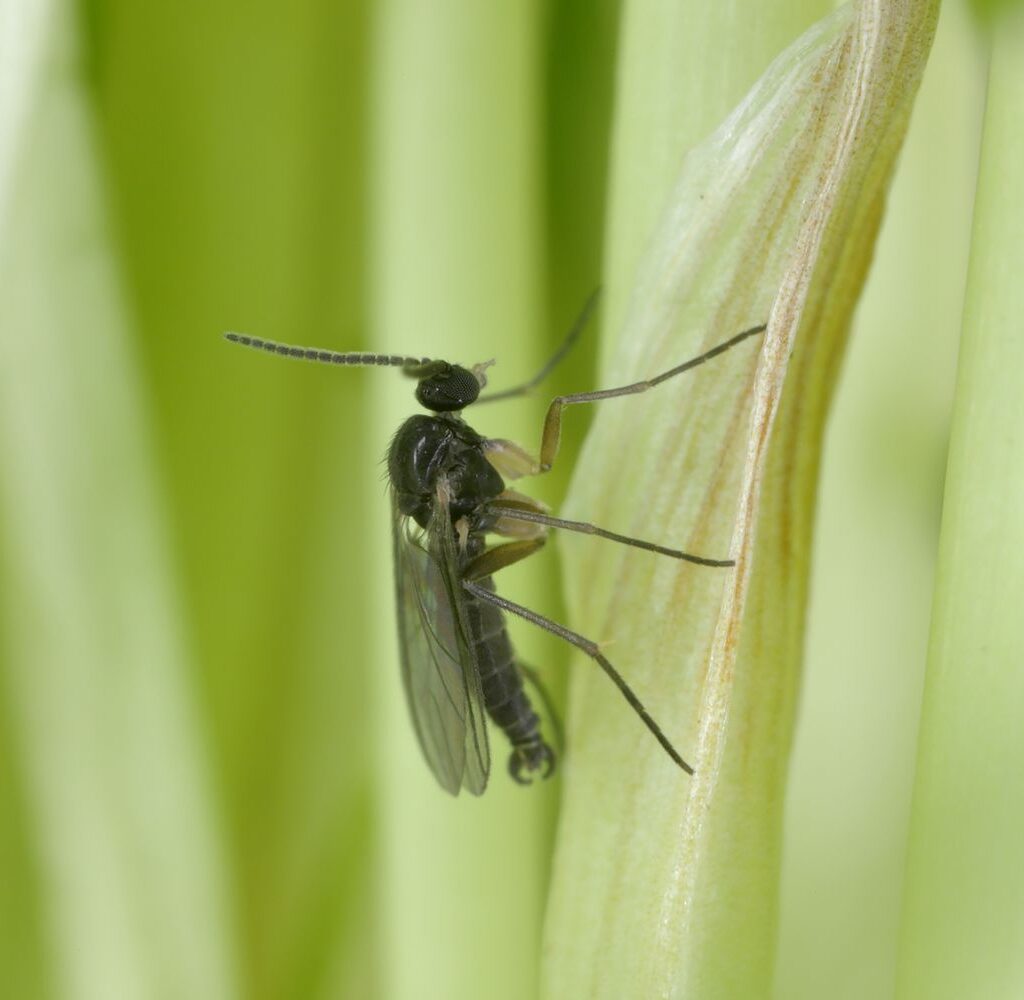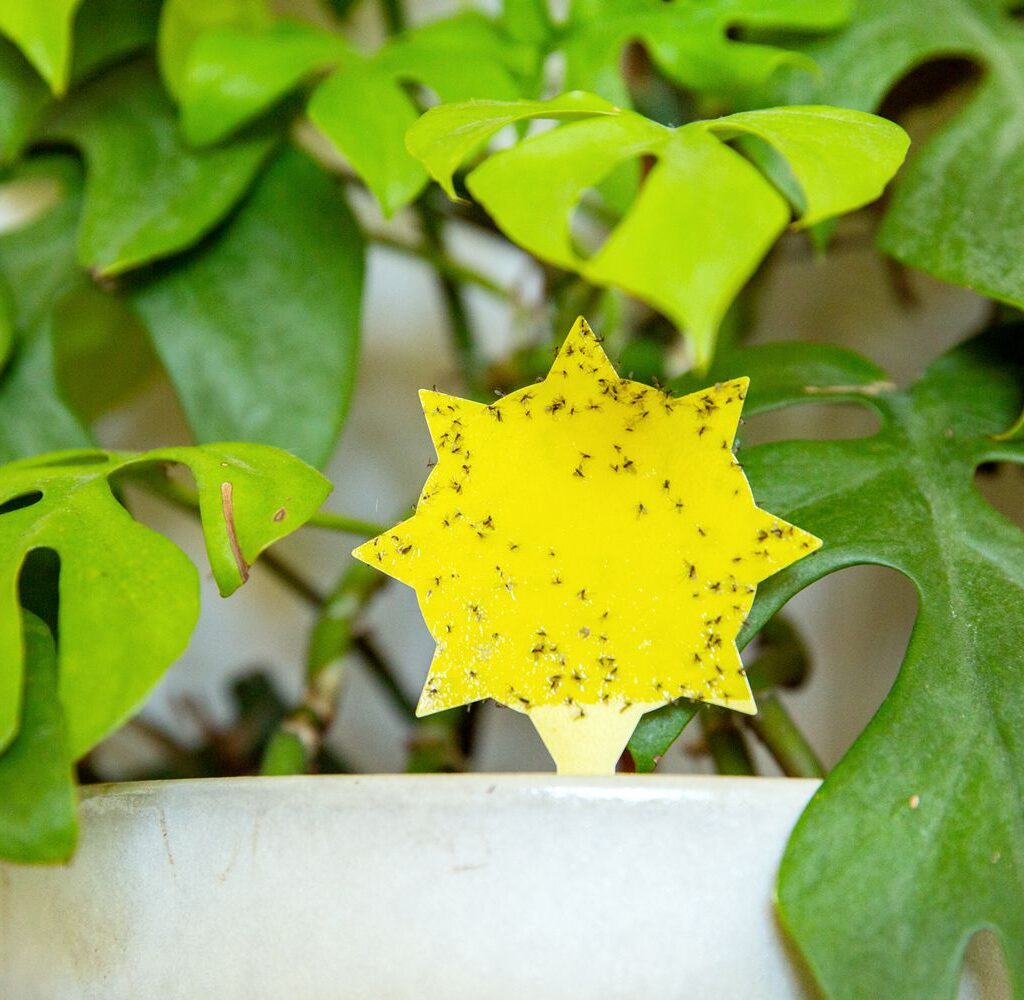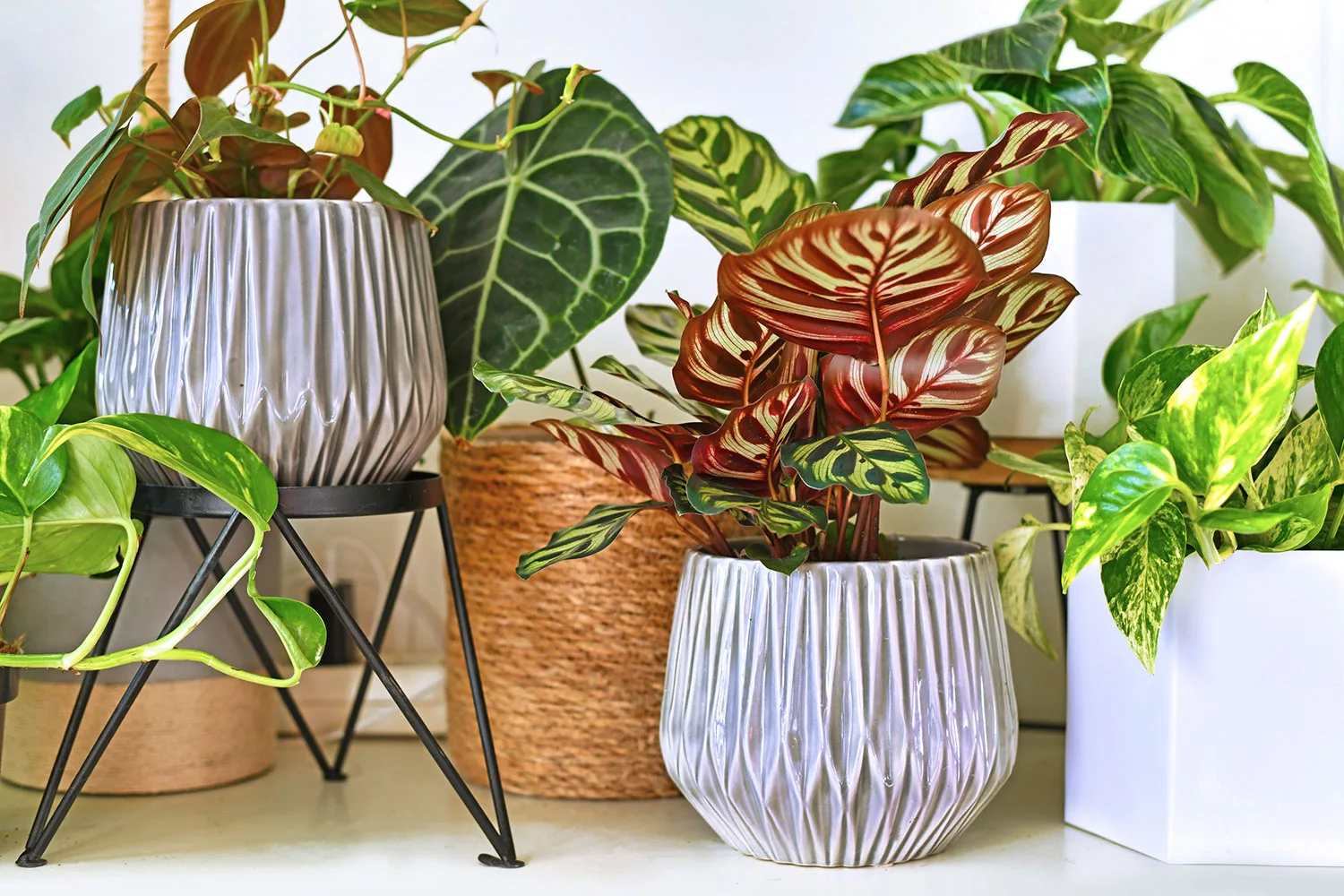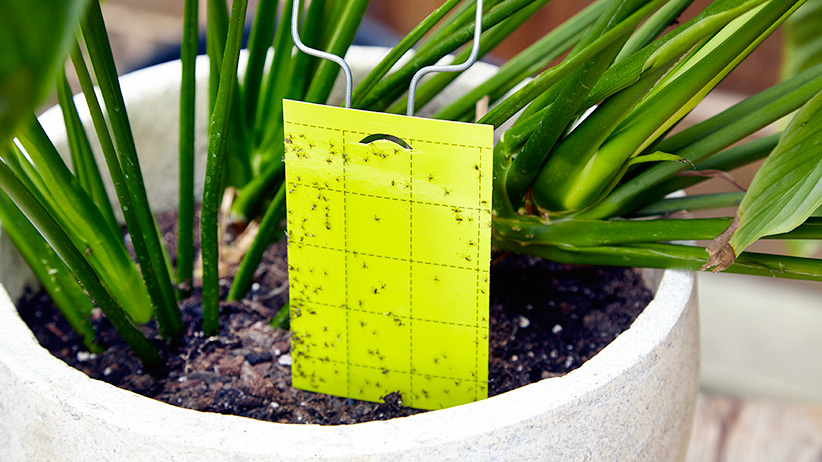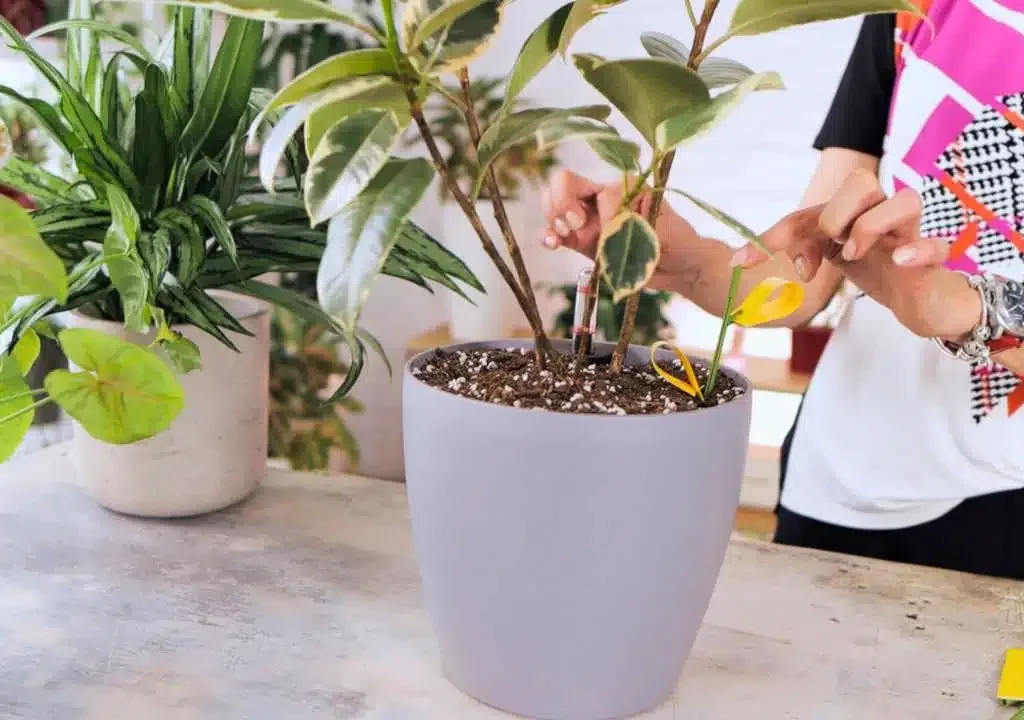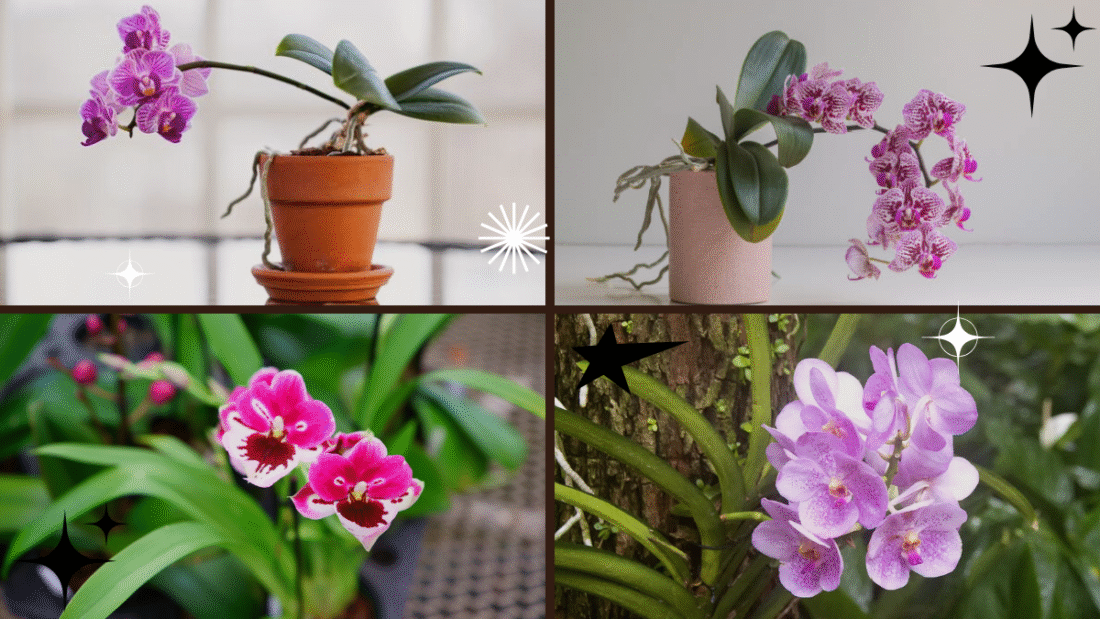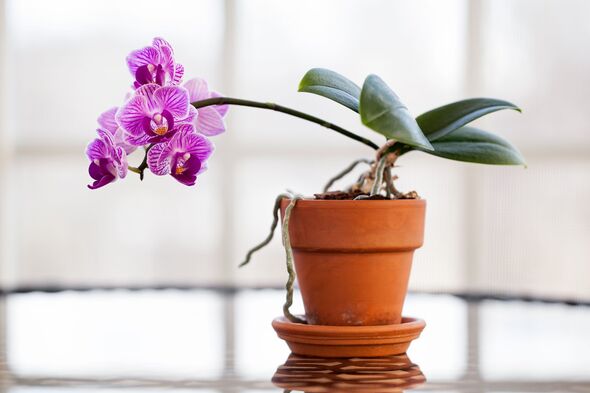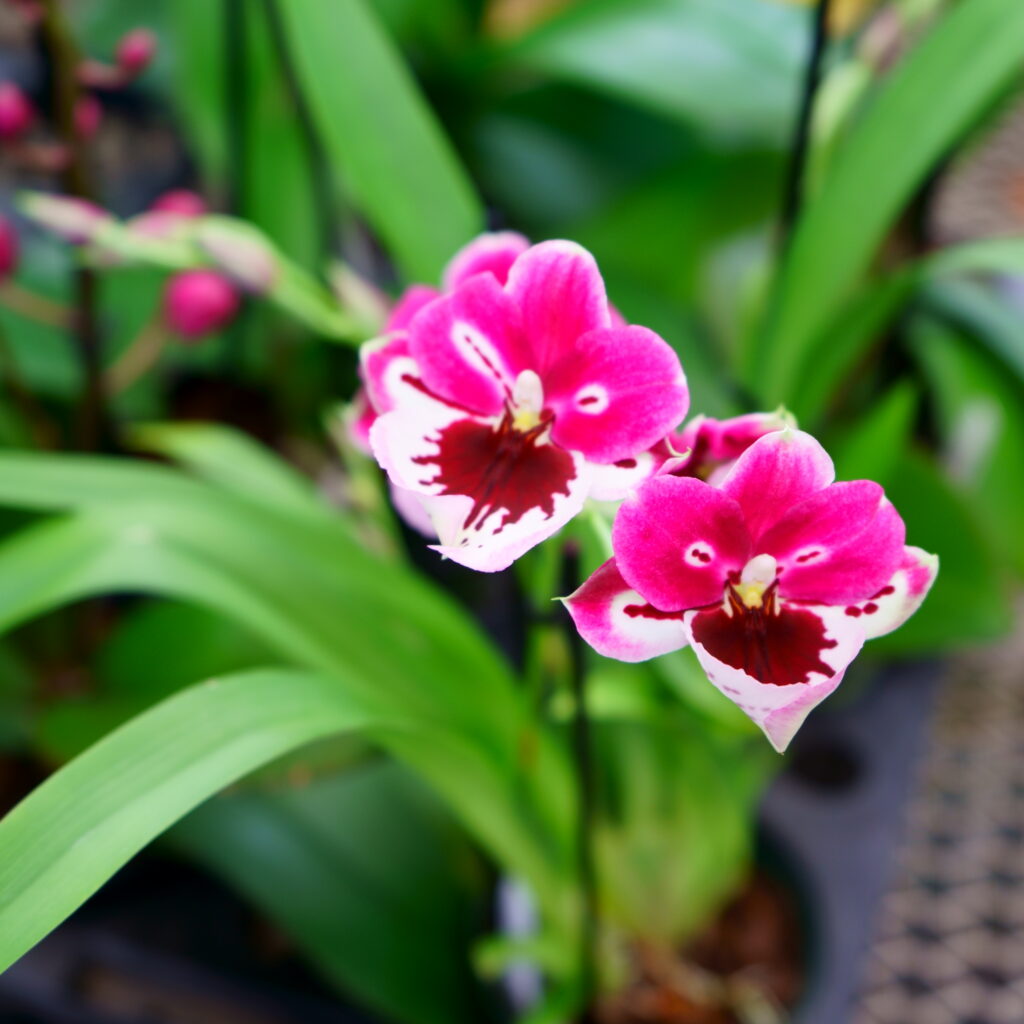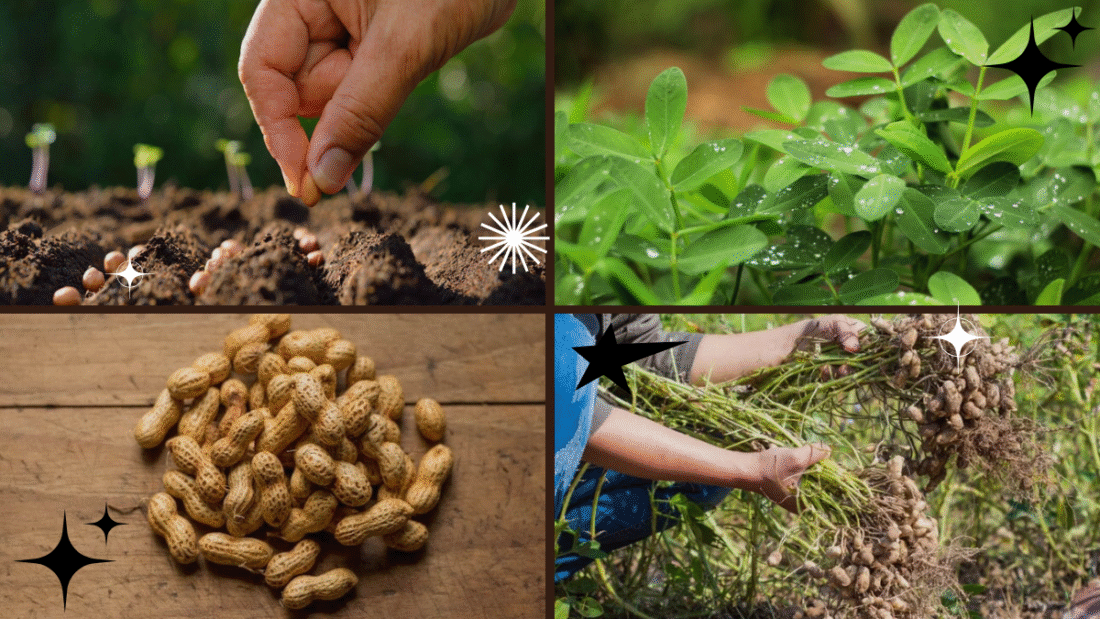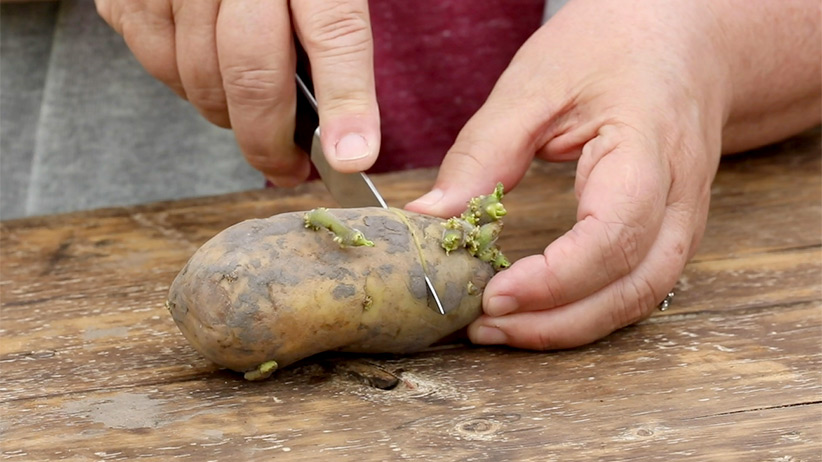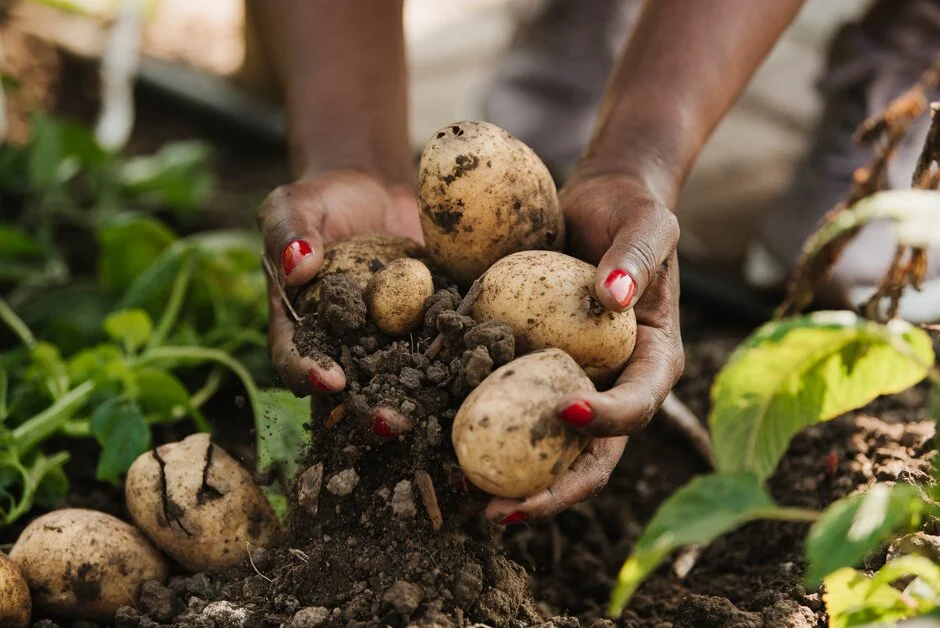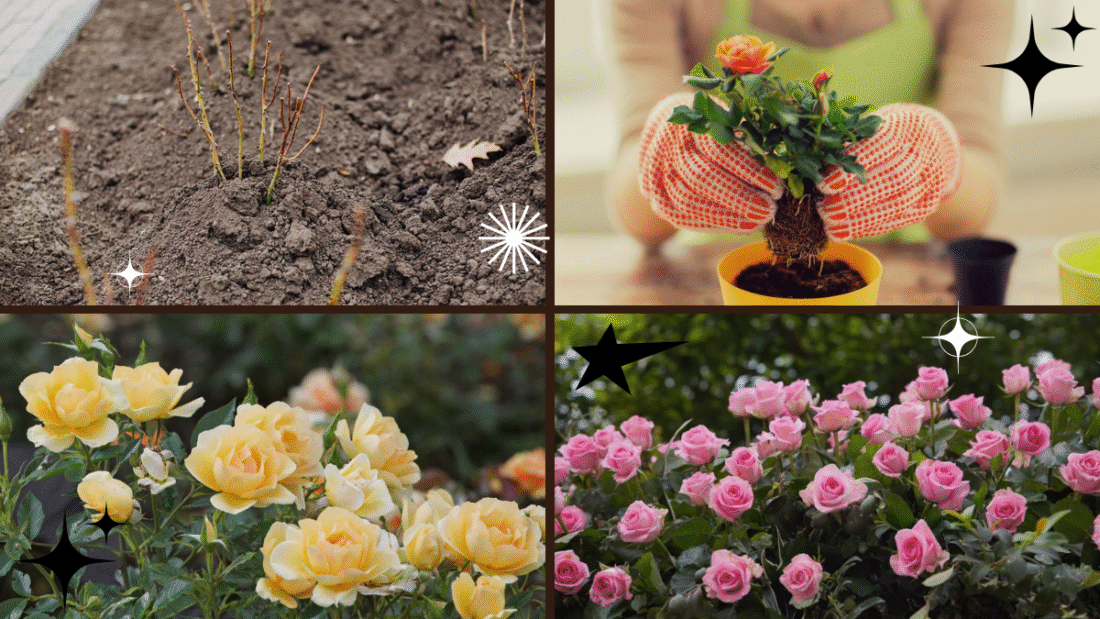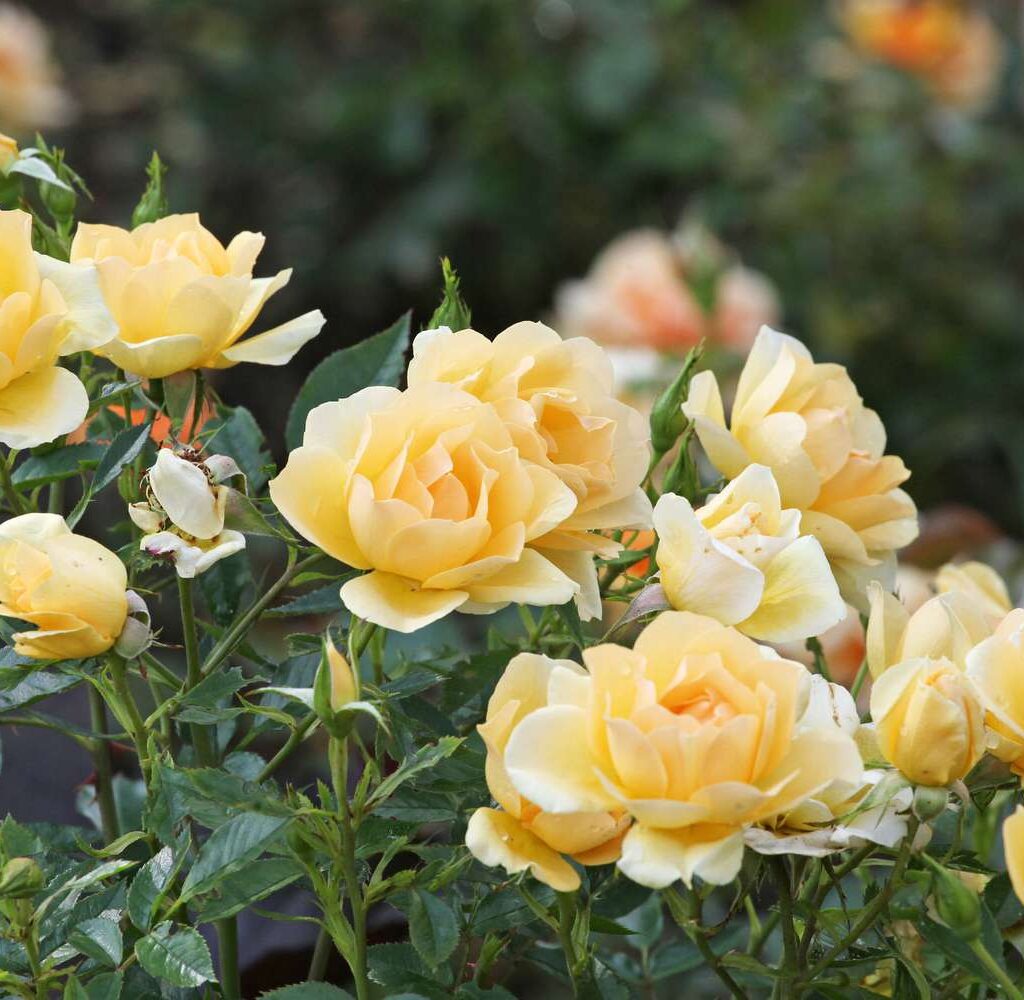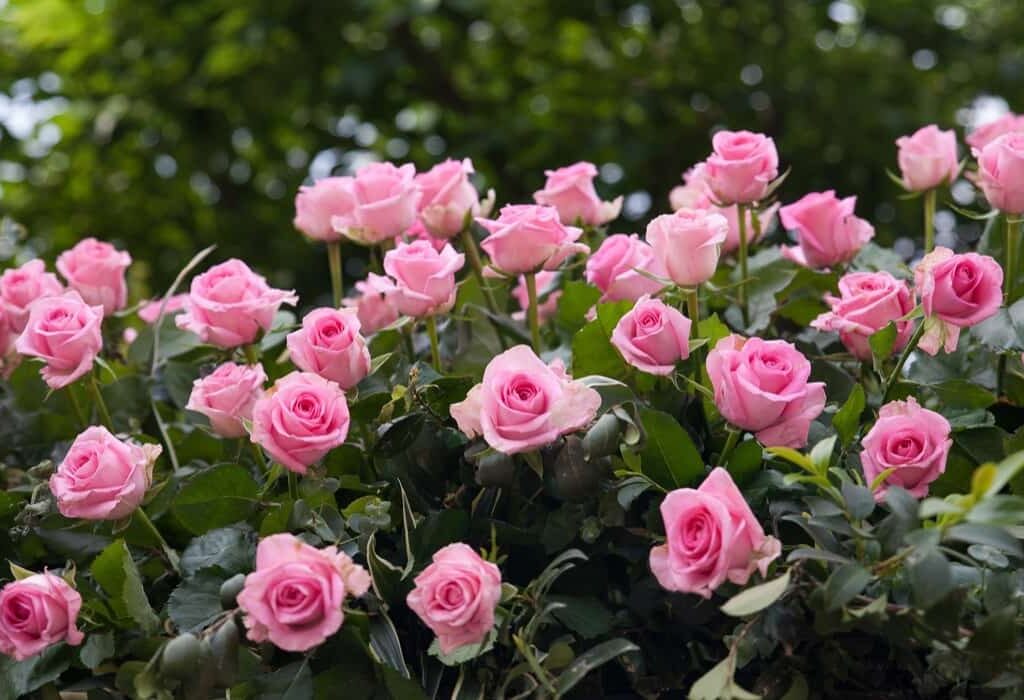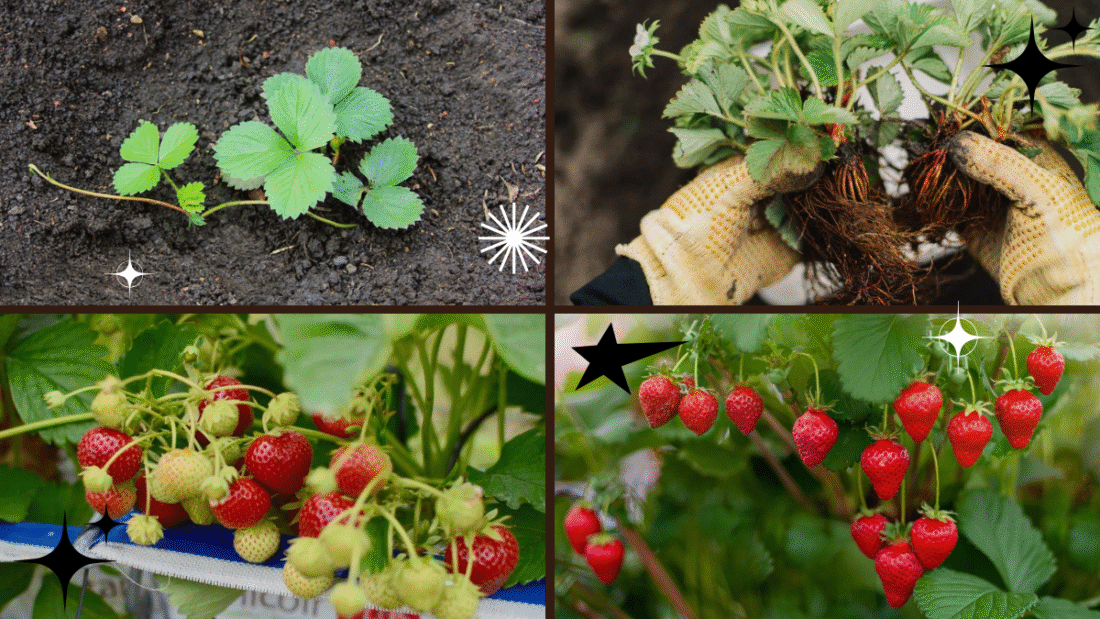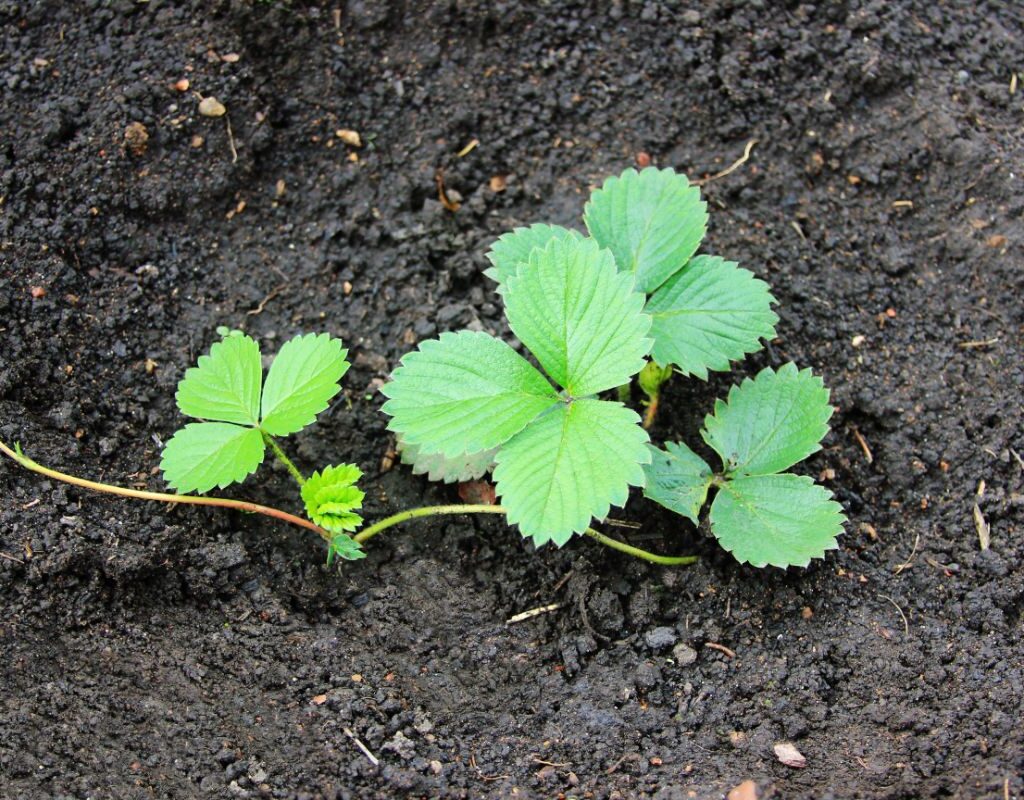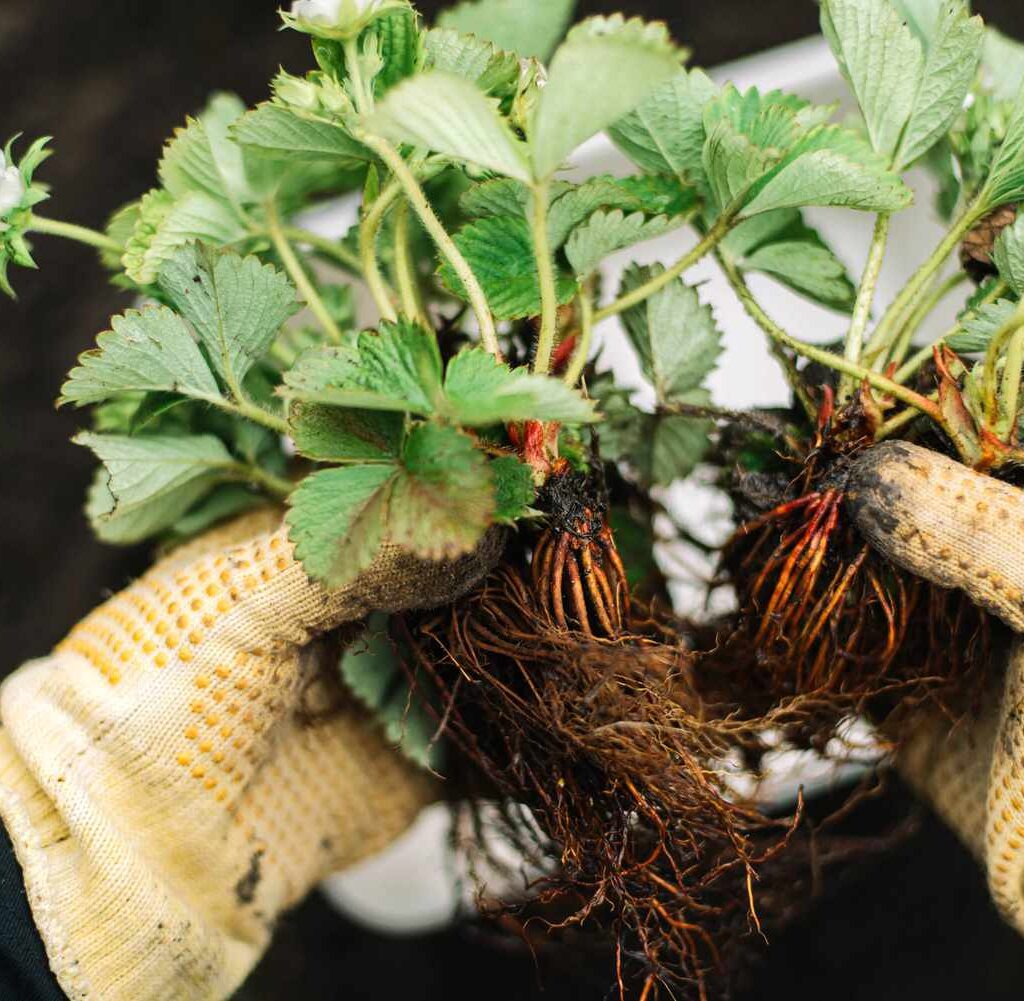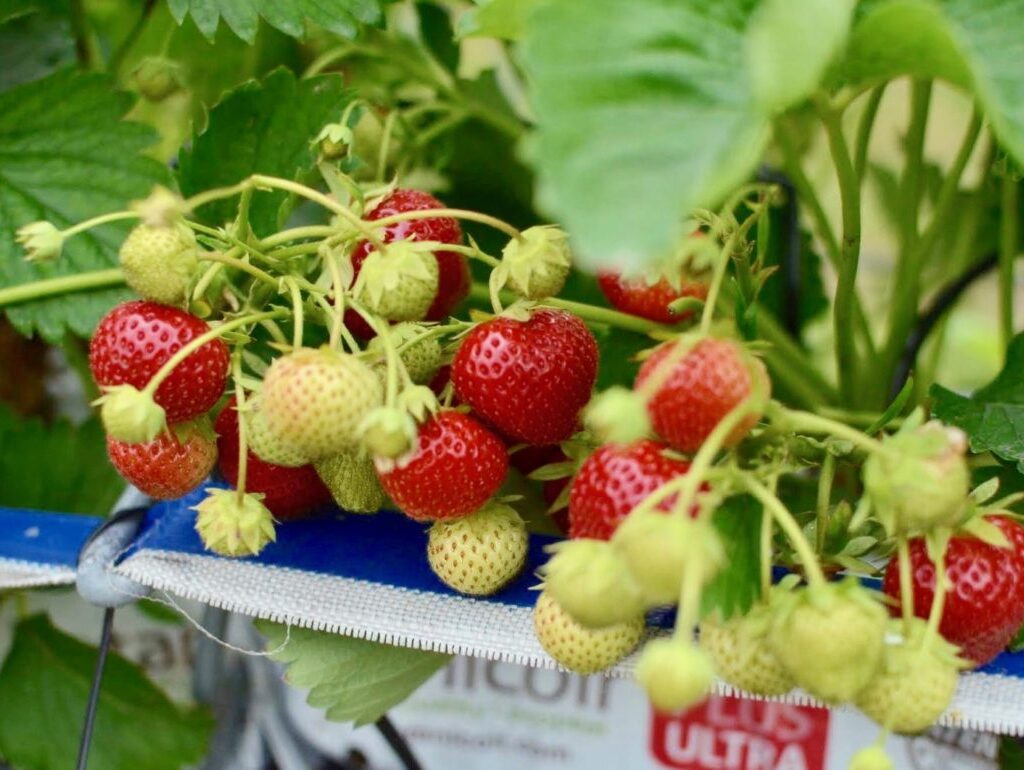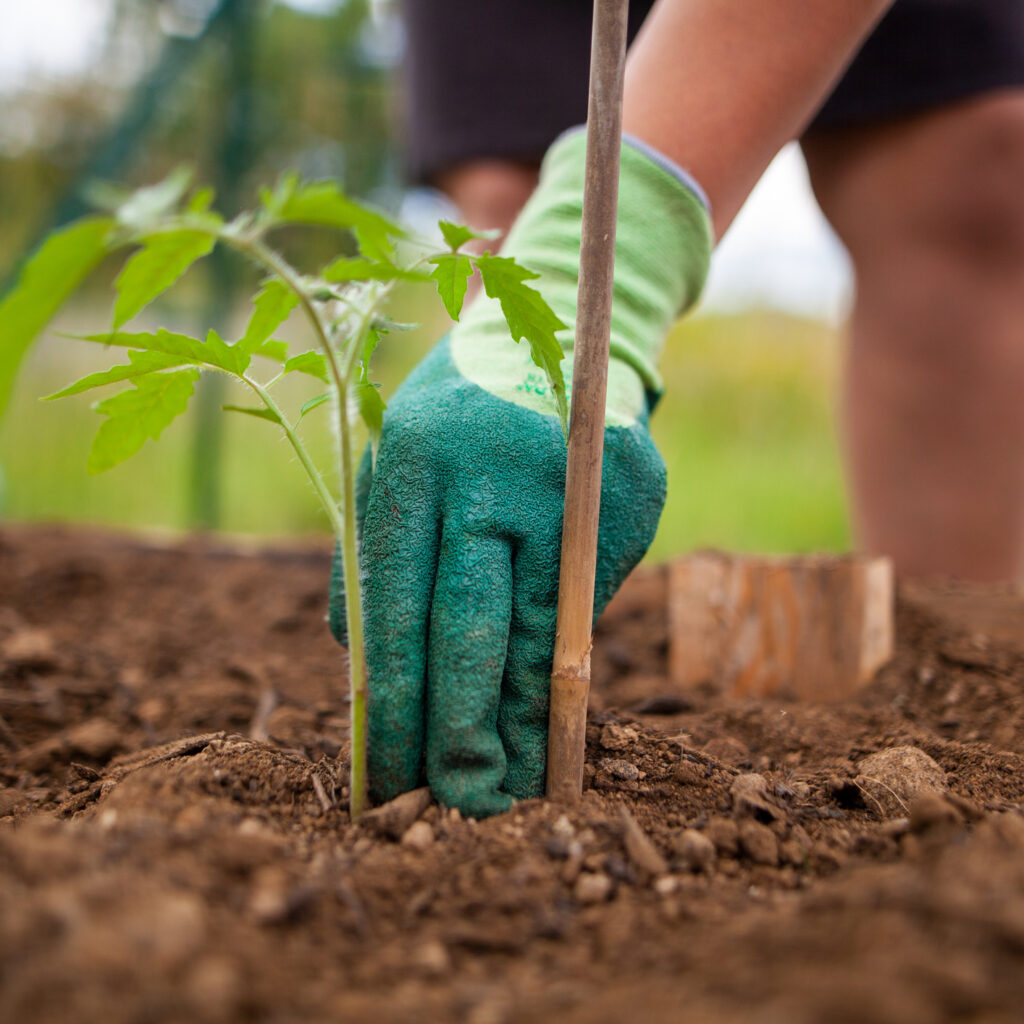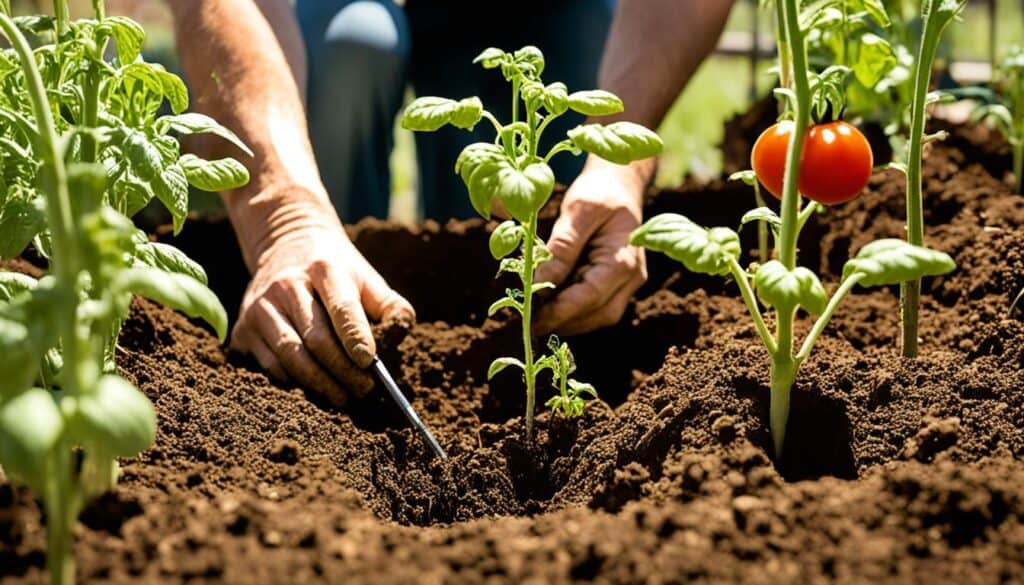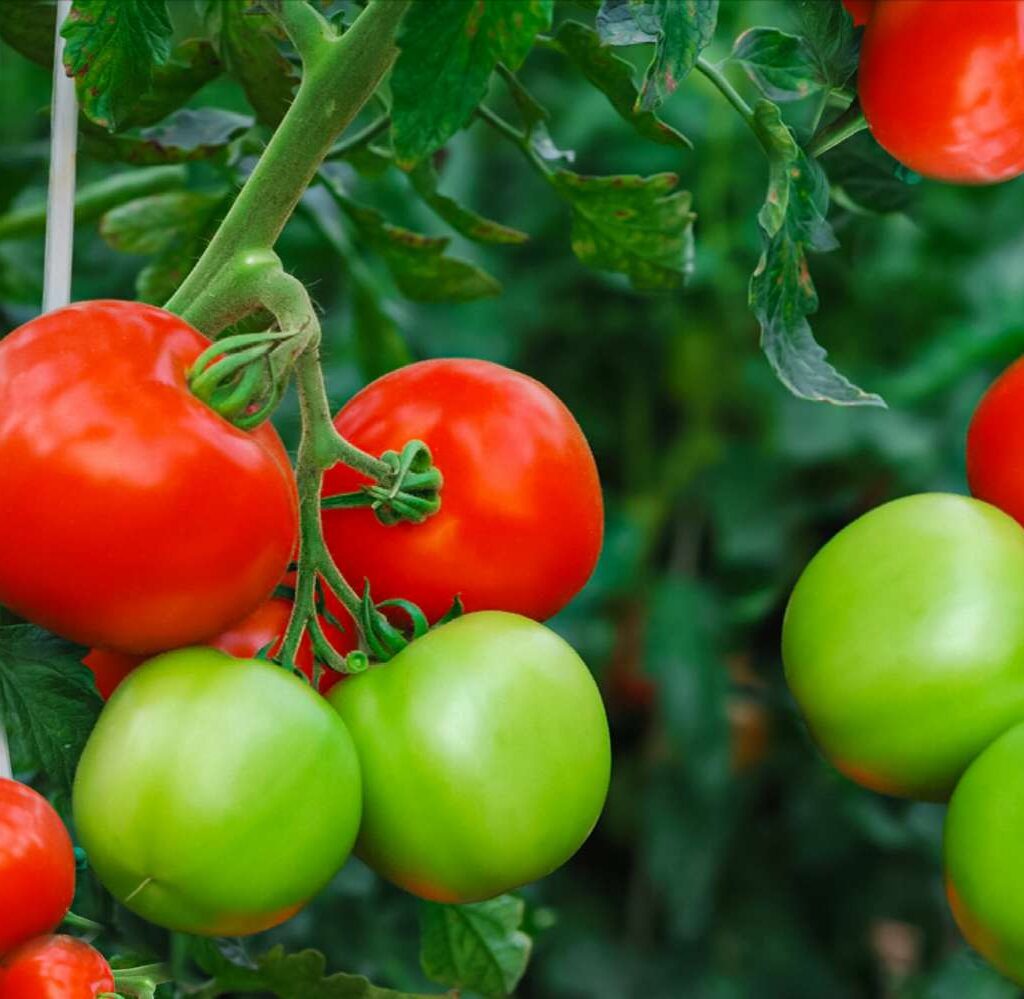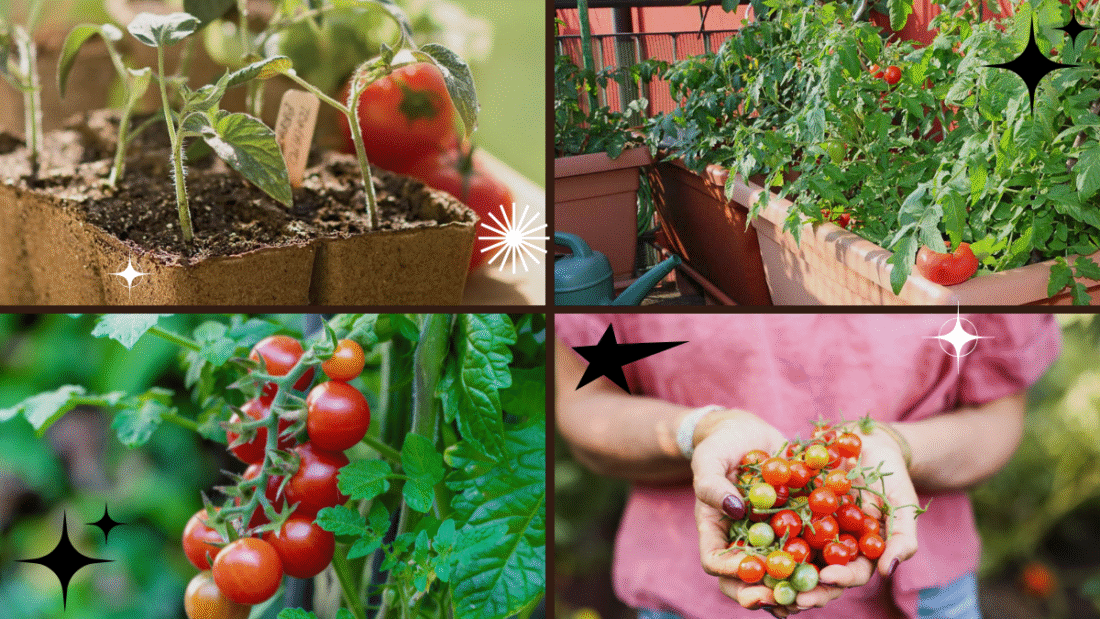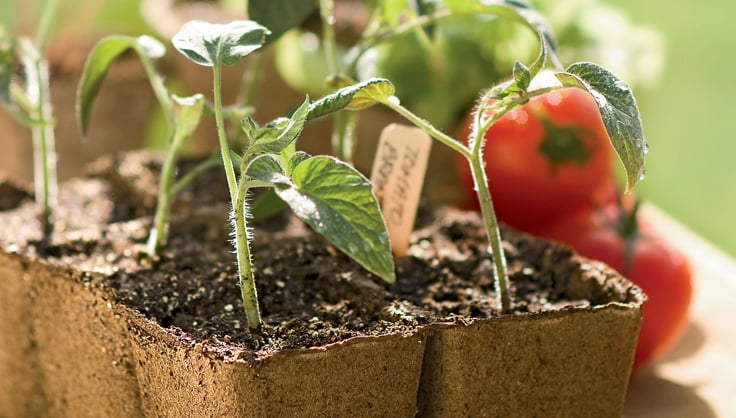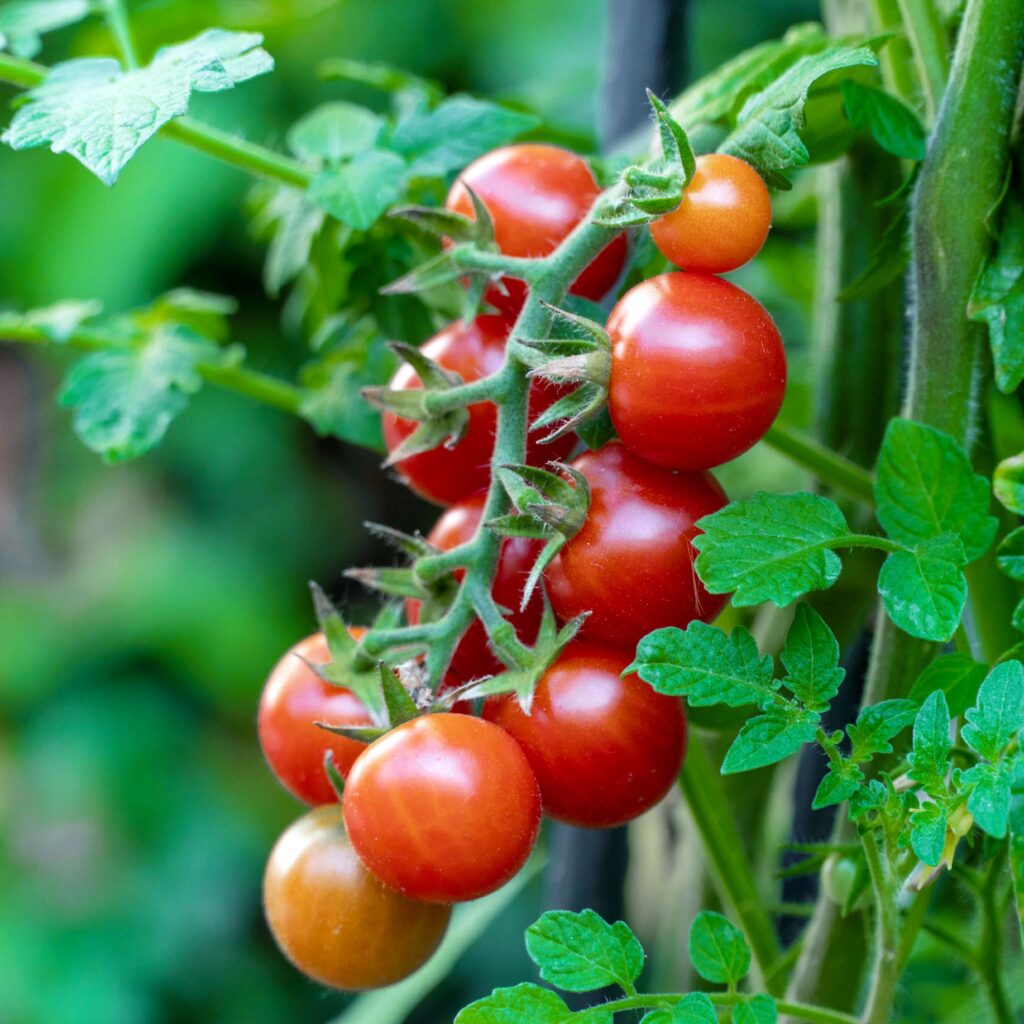Have you noticed tiny flies darting around your indoor plants? These little pests, known as gnats, might seem harmless at first, but left unchecked, they can damage your plants’ roots and turn your serene indoor garden into a frustrating battleground. Don’t worry — you don’t need harsh chemicals or expensive treatments. In this guide, you’ll discover simple, natural, and effective ways to get rid of gnats on plants and keep your leafy friends healthy and thriving.

What Are Gnats?
Gnats are small, mosquito-like flying insects belonging to the Diptera order. The ones you typically find around houseplants are fungus gnats. These tiny black or gray insects love moist, organic-rich soil where they lay their eggs. The larvae hatch and feed on decaying matter and sometimes delicate plant roots, stunting plant growth and causing wilting or yellowing leaves.
While adult gnats are mostly an annoyance, the real damage happens below the soil as the larvae gnaw on roots. The good news? They’re relatively easy to control once you understand what attracts them and how to disrupt their life cycle.
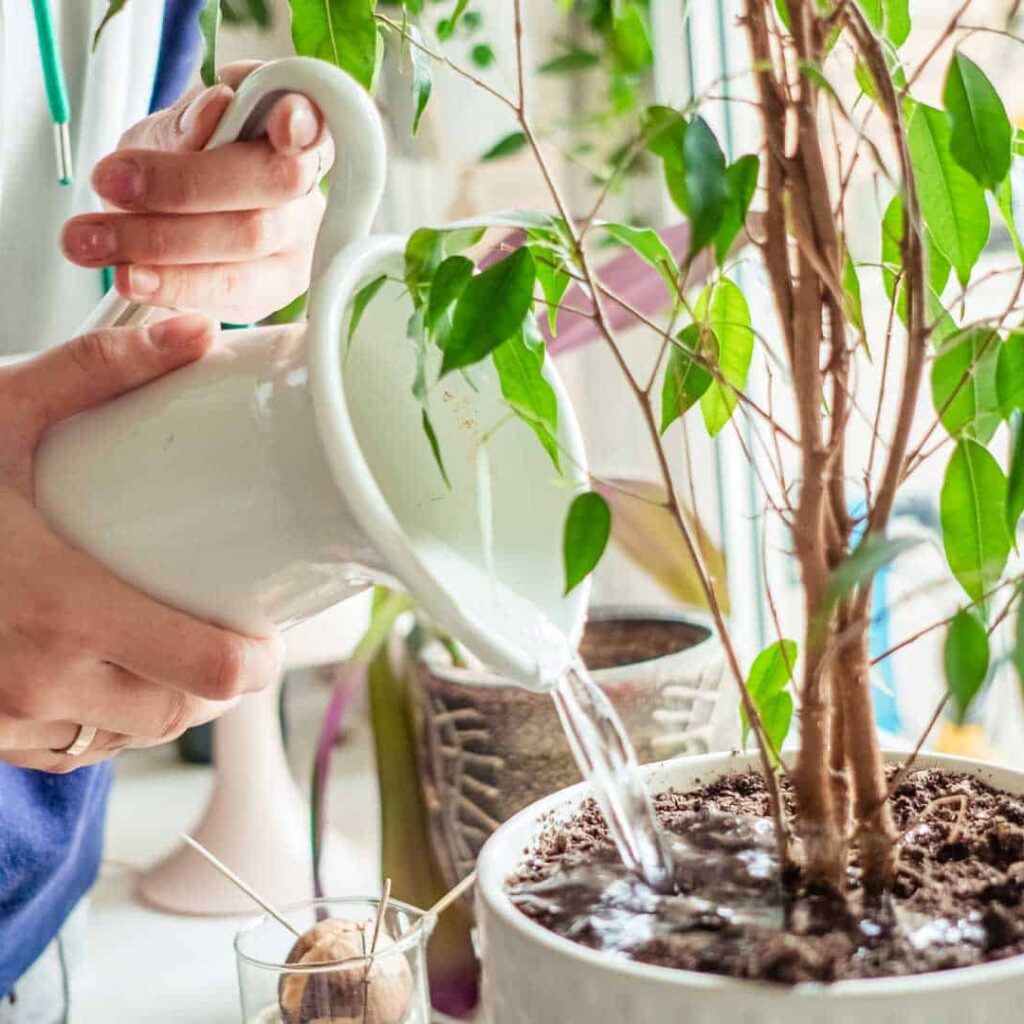
Why Do Gnats Invade Plants?
Gnats don’t randomly appear; they’re attracted to specific conditions in your plant care routine. The main culprits are:
- Overwatering – Constantly damp soil is a paradise for fungus gnats.
- Poor drainage – Standing water in saucers or pots with no drainage.
- Decaying organic matter – Dead leaves, moss, or wood chips.
- Humid, warm environments – Ideal for egg-laying and larvae development.
Once gnats find these ideal conditions, they lay hundreds of eggs, leading to a frustrating infestation if not addressed quickly.
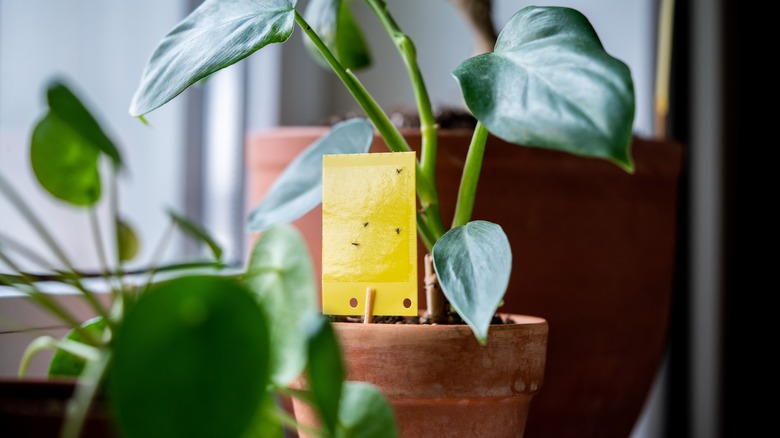
How to Spot a Gnat Problem
Early detection is key. Watch out for these tell-tale signs:
- Small black or gray flies hovering around soil or plant foliage.
- Larvae (tiny white, thread-like worms with black heads) visible in damp soil.
- Plant leaves turning yellow or wilting for no obvious reason.
- Fungal growth or mold on soil surfaces.
- Gnats flying up when you water your plants.
If you notice one or more of these, it’s time for action.
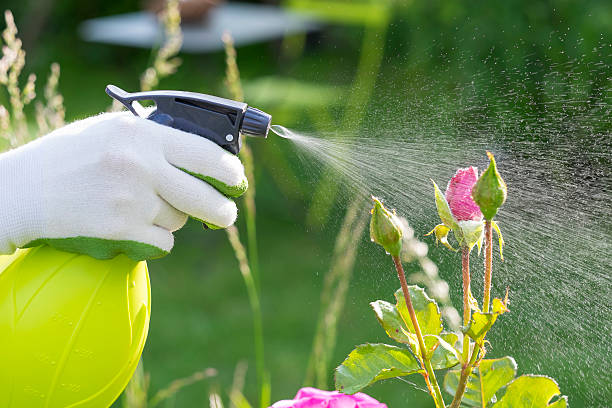
Simple, Effective Ways to Get Rid of Gnats on Plants
Below are proven, natural, and practical methods to eliminate gnats — no toxic sprays needed!
1. Let the Soil Dry Out
Gnats thrive in moist soil, so drying out the top layers is your first and easiest fix.
- Allow the top 1-2 inches of soil to dry out before watering again.
- Switch to bottom-watering where possible.
- Avoid misting plants excessively.
Dry soil prevents larvae survival and discourages adult gnats from laying new eggs.
2. Use Yellow Sticky Traps
Simple, affordable, and chemical-free — yellow sticky traps are a popular choice.
- Stick yellow adhesive cards in the soil of your potted plants.
- Gnats are attracted to the color yellow and get trapped.
- Replace when filled with insects.
This reduces adult gnat populations quickly, stopping the breeding cycle.
3. Create an Apple Cider Vinegar Trap
A classic and effective DIY gnat trap.
You’ll Need:
- Apple cider vinegar
- A few drops of dish soap
- A shallow bowl
Instructions:
- Mix vinegar and dish soap in the bowl.
- Place it near affected plants.
- Gnats are drawn to the vinegar and trapped by the soap.
Replace the solution every couple of days.
4. Hydrogen Peroxide Soil Drench
Hydrogen peroxide is safe for plants and deadly for gnat larvae.
Solution:
- Mix 1 part 3% hydrogen peroxide to 4 parts water.
- Water the affected soil with this solution.
- It’ll fizz as it kills larvae while oxygenating the roots.
Repeat every 4-5 days as needed.
5. Sprinkle Cinnamon on Soil
Cinnamon acts as a natural fungicide and pest repellent.
- Lightly dust ground cinnamon on the soil’s surface.
- It kills fungi and mold, cutting off food sources for larvae.
- Repeat after each watering.
6. Repot Your Plant
If the infestation is severe, repotting is sometimes the quickest fix.
Steps:
- Carefully remove the plant from its pot.
- Discard the old, gnat-infested soil.
- Rinse the plant’s roots with lukewarm water.
- Wash the pot thoroughly.
- Replant using fresh, sterile, well-draining soil.
Avoid overwatering after repotting.
7. Add a Sand or Gravel Top Layer
Adding a layer of sand, pebbles, or decorative gravel blocks adult gnats from accessing the moist soil surface.
- Spread a 1/2 inch layer over the soil.
- It also improves aesthetics and aids drainage.
8. Neem Oil Spray
Neem oil is a natural pesticide and fungicide.
Recipe:
- Mix 2 teaspoons neem oil, 1 teaspoon mild dish soap, and 1 liter water.
- Spray on plant foliage, stems, and soil.
- Repeat every 5-7 days.
It kills both adult gnats and larvae while preventing fungal growth.
9. Introduce Beneficial Nematodes
These microscopic worms naturally prey on gnat larvae.
- Buy nematodes from garden centers or online.
- Mix with water and apply to the soil.
- They hunt and destroy larvae without harming plants.
Ideal for persistent or outdoor infestations.
How to Prevent Future Gnat Problems
Once you’ve cleared up your infestation, keep it from returning with these smart habits:
Water Wisely
- Water only when necessary.
- Use well-draining soil and pots with drainage holes.
- Remove standing water from saucers.
Keep It Clean
- Remove fallen leaves and debris from soil.
- Wipe down pots and trays regularly.
- Avoid using overly organic or unsterilized compost indoors.
Monitor New Plants
- Quarantine new plants for a week before adding them to your collection.
- Check soil for signs of gnats or larvae.
Improve Air Circulation
- Space plants apart to reduce humidity.
- Use a small fan in humid corners.
Replace Old Soil Periodically
- Over time, soil can accumulate organic matter and become a breeding ground for gnats.
- Refresh soil annually or when issues arise.
Final Thoughts
Dealing with gnats on plants might seem like a daunting task, but with these simple, natural, and effective remedies, you can reclaim your indoor jungle and keep your plants healthy. Whether you opt for drying out the soil, sticky traps, a vinegar trap, or neem oil spray, the key is consistency and prevention.
Stay ahead by adopting good plant hygiene, smart watering habits, and regular monitoring. Soon, you’ll be enjoying a serene, gnat-free home filled with thriving, vibrant greenery.

